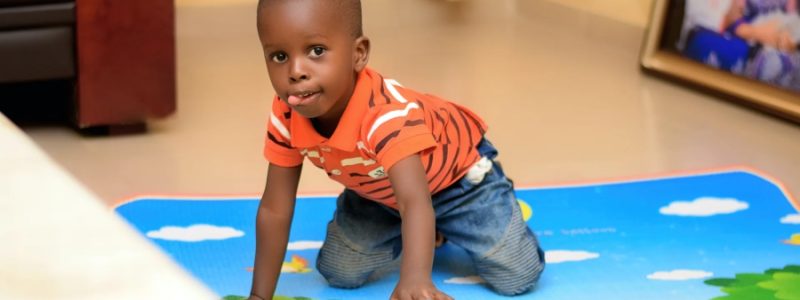Art and craft activities are more than just a fun way to keep children entertained. These creative pursuits play a crucial role in supporting the development of various skills essential for their overall growth. Arts and craft activities are often used in occupational therapy sessions to promote a range of skill development in a fun and entertaining way, such as:
- Fine Motor Skills Art and craft activities are excellent for enhancing fine motor skills. When children cut with scissors, draw with crayons, or paint with brushes, they develop the small muscles in their hands and fingers. These activities require precision and control, helping children improve their dexterity and coordination. Over time, these skills contribute to better handwriting and the ability to perform everyday tasks like buttoning a shirt or tying shoelaces.
- Hand-Eye Coordination Creating art requires a significant amount of hand-eye coordination. Whether a child is threading beads onto a string, gluing pieces of paper together, or colouring within the lines, they learn to coordinate what they see with how their hands move. This skill is important not only for art and craft activities but also for sports, reading, and writing.
- Cognitive Development Art and craft projects can stimulate cognitive development in several ways. They often involve planning, problem-solving, and decision-making. For example, deciding what colours to use, how to structure and plan a project, or what materials are needed requires children to think critically and make choices to promote their executive functioning goals. These activities also enhance memory and attention to detail.
- Sensory Integration Many art and craft activities engage multiple senses, helping children with sensory integration. The textures of different materials, the visual stimulation from colours and patterns, and the smell of paint or glue can all provide rich sensory experiences. For children with sensory processing issues, these activities can be particularly beneficial as they learn to respond to sensory input in a more regulated way.
- Emotional Expression and Regulation Art can be a very effective strategy in promoting emotional expression and regulation. Many children find that having to openly talk about their feelings and emotions is too demanding and overwhelming. Art and craft activities provide a safe outlet for children to express their emotions. Through drawing, painting, or sculpting, they can convey feelings they might not have the words to express. Additionally, engaging in creative activities can be calming and therapeutic, helping children regulate their emotions and reduce anxiety.
- Social Skills Art and craft activities are great to do within a group, which can be beneficial for developing social skills. Children learn to share materials, take turns, and collaborate on projects. These interactions can improve communication skills, foster teamwork, and build friendships. Moreover, discussing their artwork with peers or adults can enhance their ability to articulate thoughts and ideas.
- Self-Esteem and Confidence Completing an art project can give children a sense of accomplishment and pride. Seeing their finished work displayed or praised by others can boost their self-esteem and confidence. This positive reinforcement encourages them to take on new challenges and persist in the face of difficulties, fostering resilience.
Incorporating art and craft activities into a child’s routine is a powerful way to support their development across various areas of their life. Not only do these activities offer immediate enjoyment, but they also lay the foundation for essential skills that children will use throughout their lives. So, grab some art supplies and get crafting – here are just a few ideas to get started:
- Finger Painting: Kids use their fingers to paint on paper, exploring textures and colours.
- Sponge Painting: Dip sponges into paint and dab them on paper to create textured art.
- Paper Plate Crafts: Transform paper plates into masks, animals, or decorative items.
- Tissue Paper Art: Tear or cut tissue paper and glue it to create colourful, textured artwork.
- Salt Dough Sculptures: Make salt dough using flour, salt, and water, then shape and bake it to create sculptures.
- Nature Art: Collect leaves, flowers, and sticks to create art pieces by gluing them onto paper.
- Sand Art: Layer coloured sand in bottles to create patterns or use glue and sand on paper to make pictures.
- Playdough Creations: Mould playdough into various shapes and objects.
- Bubble Wrap Printing: Paint bubble wrap and press it onto paper for a fun, textured print.




